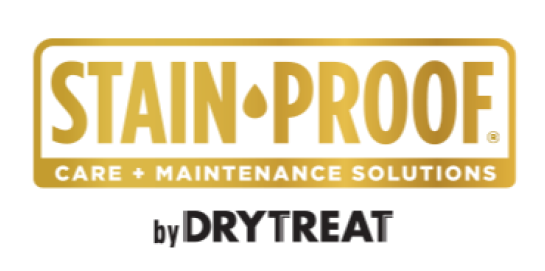One of the best places to own a home is around an area that receives sunlight for the better part of the year. For most people, the best way to enjoy this nature’s gift is by building a deck on the side of the house exposed to sunlight. The material of choice for the deck flooring can either be plywood or concrete slabs depending on your budget, aesthetics, among other factors. Of supreme importance, is the fact that you would want your deck to last longer. You will also not want to incur frequent maintenance expenses in the future on issues that you could have addressed during initial construction of the deck.
Effects of Sun Exposure on your Deck
Your deck requires protection – just the same way human beings need sunscreen protection to guard against UV rays’ exposure. Depending on the material used, the following will occur if the surface of your deck is not adequately protected.
Plywood Surface
Plywood has thin layers of wood veneers glued together with their grains rotated to 90 degrees on top of each other to make a sturdy sheet material. Though continued perfection in the manufacture of plywood has considerably improved its resistance to environmental elements, it remains vulnerable when exposed to direct sunlight without a protective coating.
Plywood naturally retains a certain amount of water content absorbed from the air during the night. When exposed to the sun’s heat, the water evaporates, essentially decreasing the overall mass and causing some strain between the glued veneer sheets. Over time, this leads to shrinkage and splitting thereby destroying the whole structure.
UV rays damage lignin, the naturally occurring glue that keeps individual wood cells stuck together. The immediate result becomes apparent when the exposed surface begins to chip off from being loose. Action of sunlight on lignin also converts it into soluble sugars, which attract fungi and other destructive microorganisms.
Concrete Surface
Decks with concrete surfaces are remarkably tougher than wooden ones, but still susceptible to damage following prolonged exposure to the sun. Heat from the sun during the day followed by rapid cooling at night can result in cracking of the concrete surface. The problem worsens when water seeps through the cracks and weakens the structure from within.
UV rays also cause discoloration of the exposed concrete surface and general depreciation of aesthetics.
How Waterproofing works
You are perhaps wondering why you would need to waterproof your deck when it is the destructive sun exposure that you are trying to prevent. It turns out; the adverse effects of exposure to some environmental elements such as sunlight and moisture are most damaging when acting simultaneously. Waterproofing products are, therefore, specially developed to protect your deck surface from the destruction caused by combination of a broad range of elements.
The deck is actually one of the most vulnerable structures in a building due to its exposure to various elements in addition to the usual traffic of the occupants. Protection of the plywood surface deck is achievable through application of a generous coat of polymer-based waterproofing material. If there are frames made from metal, a suitable coating is also applied.
Concrete surfaces sometimes suck up water from the ground. It is, therefore, important to conduct hydro-static testing so as to understand exactly what kind of waterproofing product to use. You should coat the top surface with waterproofing material resistant to peeling from the expansion and contraction caused by changes in temperature.
Most importantly, you should involve professionals experienced in this field when deciding on how to waterproof your deck. Get in touch with us now for more details.











